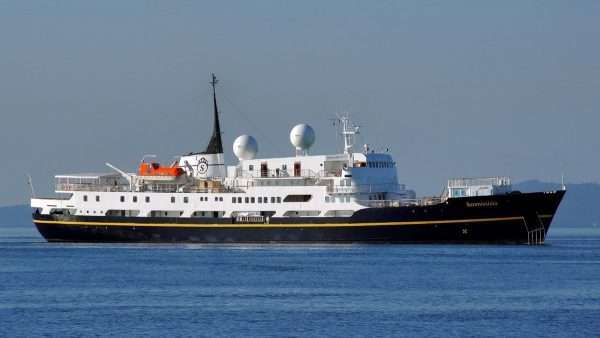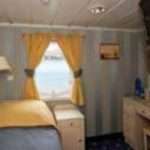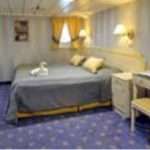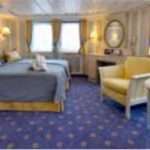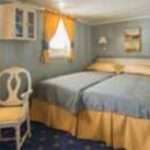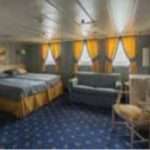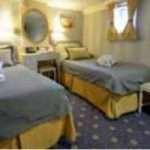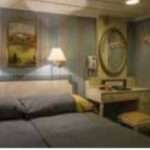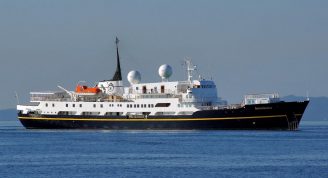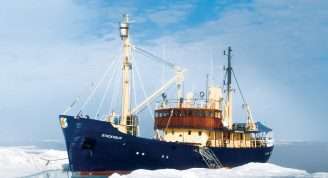Description
If ever an archipelago was made for expedition cruising it is the islands off Scotland’s west coast. Nowhere is that truer than around Scotland’s magnificent coastline, an indented landscape of enormous natural splendour with offshore islands forming stepping stones into the Atlantic.
One of Europe’s true last remaining wilderness areas affords the traveller a marvelous island hopping journey through stunning scenery accompanied by spectacular sunsets and prolific wildlife. With our naturalists and local guides we will explore the length and breadth of the isles, and with our nimble Zodiac craft be able to reach some of the most remote and untouched places. There is no better way to explore this endlessly fascinating and beautiful region that will cast its spell on you than by small ship. Whether your interest lies in wildlife, gardens, photography, ancient history or simply an appreciation of this unique corner of the kingdom, this voyage has something for everyone. With no more than 95 travelling companions, the atmosphere is more akin to a private yacht trip and ashore with our local experts we will divide into small groups thereby enjoying a more comprehensive and peaceful experience. Learn something of the island’s history, see their abundant bird and marine life, but above all revel in the timeless enchantment that these islands exude to all those who appreciate the natural world.


